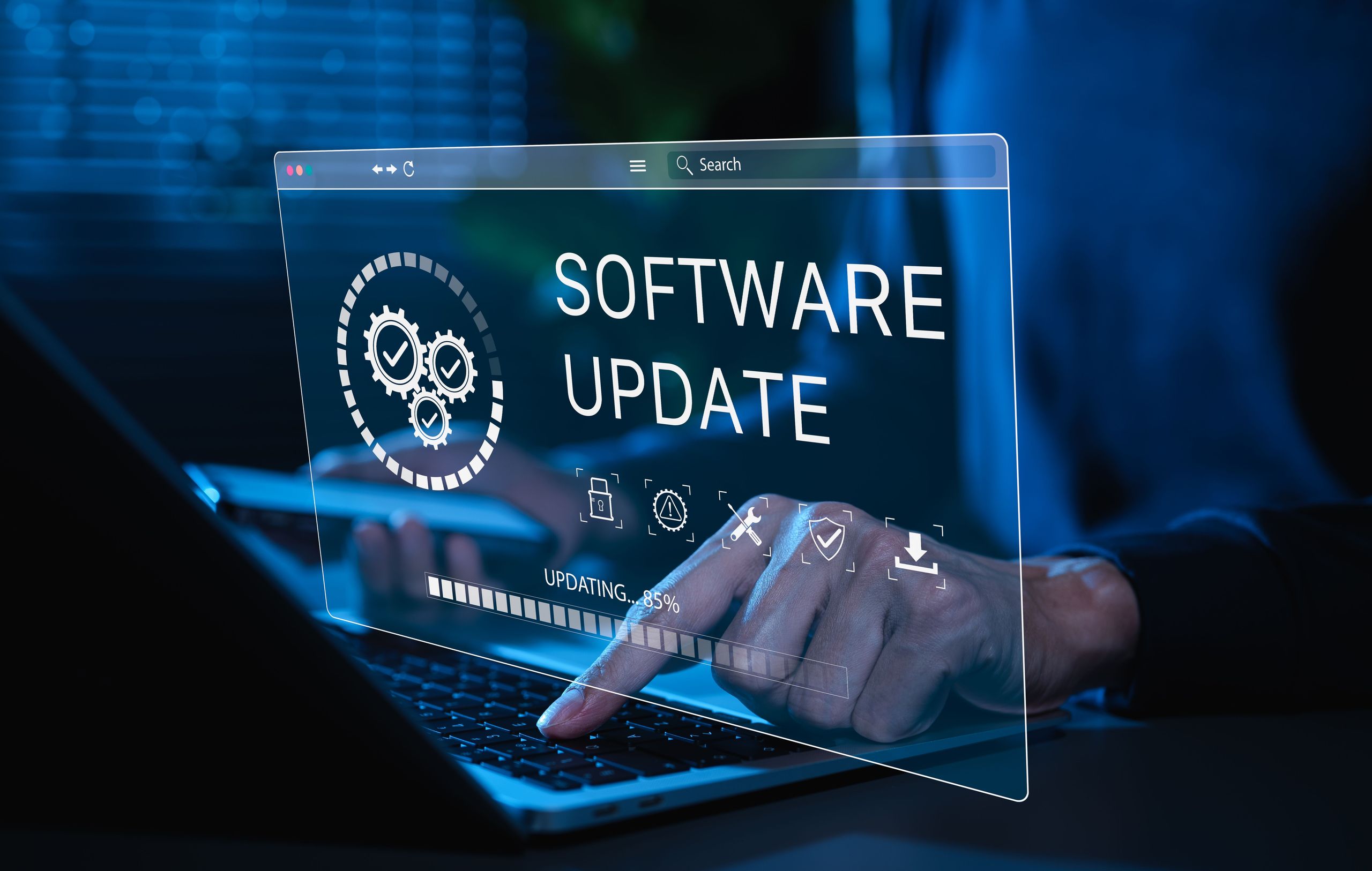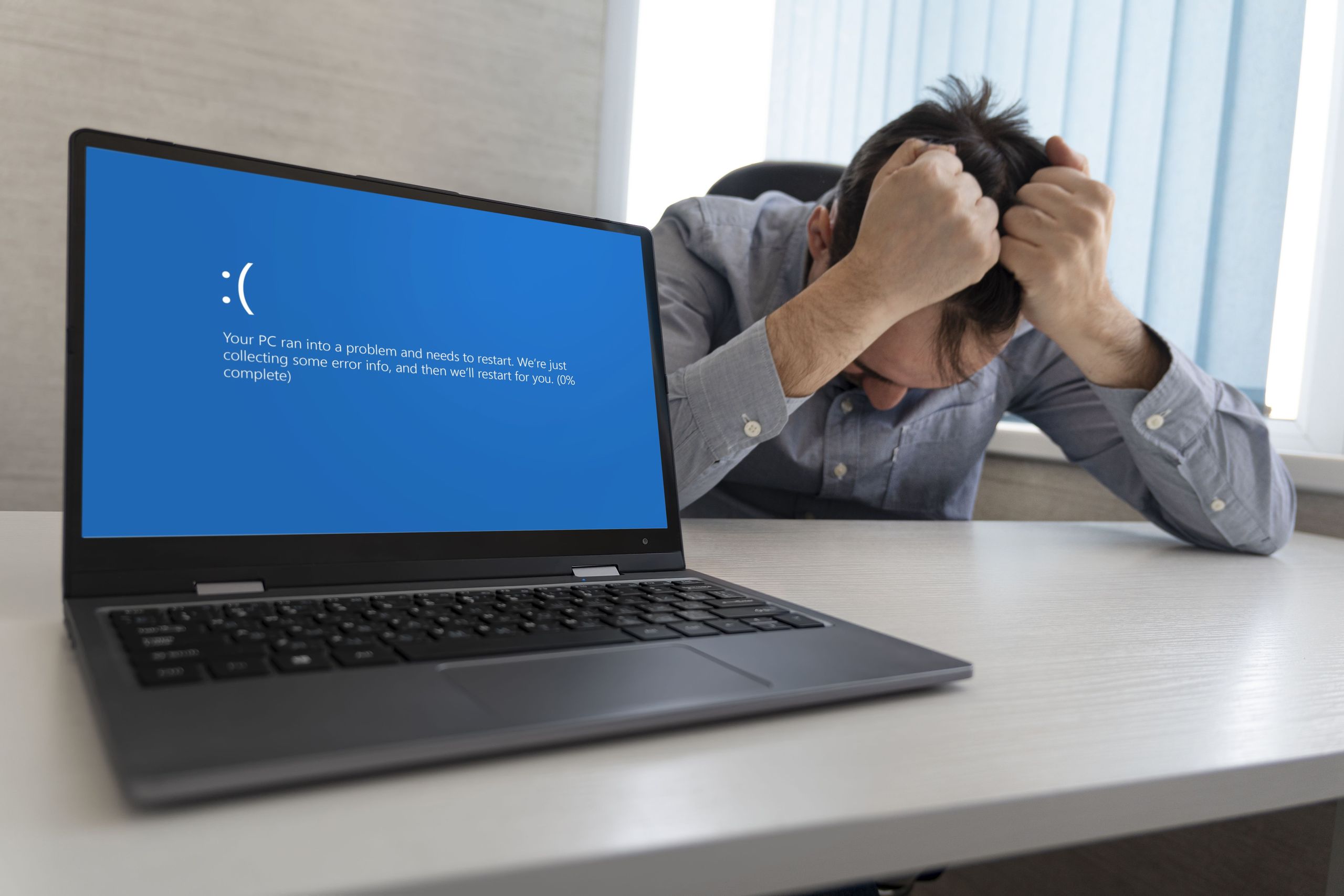Windows 10 reaches end of life on October 14, 2025. This guide explores the risks of staying on unsupported systems and offers practical strategies to upgrade, secure your infrastructure, and prepare your business for a smoother, smarter future.
What Does “End of Life” for Windows 10 Really Mean?
Windows 10 End of Life isn’t just a technical deadline — it’s a strategic opportunity to modernize your IT infrastructure and strengthen your cybersecurity posture.
Why Is Continuing to Use Windows 10 After EOS Risky?
Without regular security updates, Windows 10 systems will become prime targets for cyberattacks. Hackers often exploit known vulnerabilities in outdated software, and once support ends, those vulnerabilities will no longer be patched.
Key risks include:
-
Increased exposure to ransomware and malware
Without regular security patches, Windows 10 systems become easy targets for hackers exploiting known vulnerabilities. This opens the door to ransomware attacks that can encrypt your files and demand payment, or malware that steals sensitive information—both of which can cripple operations and compromise your customers' trust.
-
Non-compliance with industry regulations (HIPAA, PCI-DSS, etc.)
Many industries require up-to-date software to maintain compliance with cybersecurity and privacy regulations. Continuing to use unsupported systems can result in non-compliance, leading to fines, lawsuits, or lost certifications. For healthcare, finance, and e-commerce businesses, this risk could also jeopardize the ability to serve clients legally and securely.
-
Incompatibility with newer applications and hardware
As software vendors and hardware manufacturers shift focus to supporting Windows 11, you may find that critical tools or devices are no longer compatible with Windows 10. This limits your ability to upgrade tools, slows down operations, and creates additional costs for workarounds or system failures.
-
Loss of vendor support for critical business software
Software vendors often stop providing support for their applications on unsupported operating systems. This means you may lose access to important updates, bug fixes, and technical help for your business-critical software—resulting in downtime, increased IT overhead, and a higher risk of system failures or security breaches.
How Windows 10 End of Life Will Affect Your Business Operations
- Operational Disruption
Unsupported operating systems are more likely to encounter software crashes, system errors, and failed integrations with modern tools. These disruptions can impact everything from customer service to backend workflows, creating unnecessary delays and increasing the risk of critical downtime that halts business operations. - Productivity Loss
As applications and devices become incompatible with Windows 10, employees may experience sluggish performance, limited functionality, and frequent system issues. These daily inefficiencies add up, slowing down workflows and frustrating team members who rely on technology to perform their roles efficiently and without interruption. - IT Overhead
Maintaining outdated systems often demands extra time and effort from internal IT teams. Workarounds, patching gaps, and troubleshooting older software diverts attention from strategic initiatives. Businesses may also face increased costs due to emergency fixes, third-party support, or the need to replace failing legacy infrastructure on short notice.
Prepare for Windows 10 End of Life—Don’t Risk Falling Behind.
Windows 10 support ends on October 14, 2025, and the countdown is on. Businesses that delay their transition face rising security risks, compliance violations, and performance issues. In-Touch IT helps organizations stay ahead by guiding strategic migrations to Windows 11 or cloud-based alternatives like Virtual Desktop Infrastructure (VDI).
Whether you're in finance, healthcare, or professional services, we assess your current setup, align with regulatory needs, and implement future-ready solutions. Now is the time to act—not after vulnerabilities emerge.
What Are Your Options Moving Forward?
- Upgrade to Windows 11
Migrating to Windows 11 provides access to the latest features, enhanced security, and ongoing Microsoft support. It ensures system stability, compatibility with modern tools, and alignment with industry regulations—offering a long-term solution for organizations looking to modernize their IT environments. - Adopt Virtual Desktop Infrastructure (VDI)
VDI enables businesses to host desktop environments in the cloud, allowing secure remote access from any device. It’s a scalable alternative to physical upgrades, ideal for distributed teams or businesses with aging hardware. VDI also enhances security, simplifies updates, and reduces hardware dependency across the organization.
DID YOU KNOW?
How Should Businesses Prepare for Windows 10 End of Support?
- Audit your current environment
Take inventory of all systems, applications, and devices running Windows 10. Identify which systems are mission-critical, where vulnerabilities exist, and what needs to be upgraded, replaced, or migrated to ensure a smooth and strategic transition away from Windows 10. - Assess hardware compatibility
Not all existing hardware supports Windows 11. Evaluate whether your current machines meet Microsoft’s system requirements. This step will help you determine whether a direct upgrade is feasible or if hardware replacement or cloud-based alternatives like VDI are better suited for your needs. - Develop a migration plan
Create a phased roadmap that outlines the timeline, resources, and steps needed to complete your upgrade. Factor in licensing, software compatibility checks, staff coordination, and testing periods to minimize disruption during the transition process and ensure business continuity. - Train your team
Employee training is critical to adoption. Ensure staff understand the changes in interface, new security features, and productivity tools offered by Windows 11 or VDI solutions. Well-informed users are more likely to embrace new systems and reduce the burden on your IT help desk. - Partner with an IT provider
A trusted IT provider like In-Touch IT can guide your business through every step of the transition. From planning and hardware assessments to seamless implementation and ongoing support, partnering with experts ensures your upgrade is secure, cost-effective, and aligned with your long-term business goals.
What’s the Strategic Opportunity in Upgrading from Windows 10?
- Improve cybersecurity posture
Windows 11 introduces stronger default security measures, including hardware-based isolation and advanced threat protection. Moving away from Windows 10’s outdated framework is an opportunity to enhance your organization’s ability to defend against modern cyber threats and maintain regulatory compliance. - Enhance employee productivity
Modern operating systems and virtual desktop platforms offer faster performance, smoother multitasking, and integration with the latest productivity tools. Employees benefit from fewer IT issues and more responsive systems, enabling them to focus on their tasks and deliver better results. - Reduce long-term IT costs
While upgrades come with initial expenses, maintaining unsupported systems can be even costlier in the long run. Migrating now allows businesses to avoid emergency fixes, reduce downtime, and optimize licensing and support costs through more efficient technology management. - Enable better remote work capabilities
Upgrading to Windows 11 or adopting cloud-based infrastructure like VDI ensures employees can access secure, high-performing environments from anywhere. This flexibility is vital for hybrid or remote teams and positions your business to attract top talent and remain agile in a competitive market.




